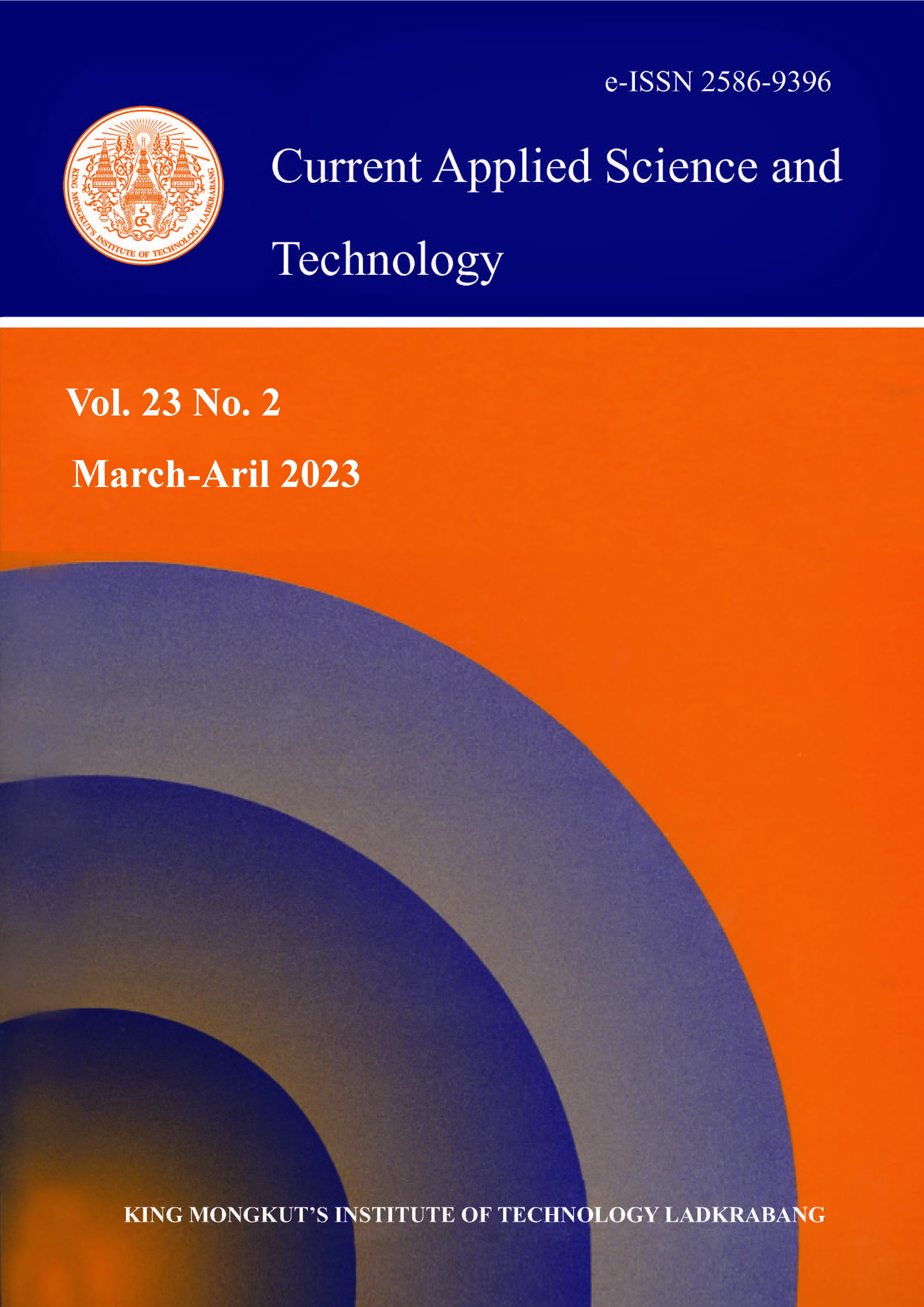In this research, we used the co-precipitation method to fabricate lead sulfide colloidal quantum dots (PbS CQDs) for photovoltaic cells. PbS CQDs were deposited uniformly on a titanium dioxide electrode by the dip-coating method. Photoelectrodes were prepared by coating layers using the successive ionic layer adsorption and reaction (SILAR) method. A solar simulation was used to investigate the photovoltaic properties of photoelectrodes under one sun illumination (100 mW/cm2) at room temperature (AM 1.5 G). The photovoltaic measurements demonstrated that TiO2/PbS CQDs with CdS and ZnS coating electrodes had a maximum power conversion efficiency (PCE) of 1.01 %. The crystallite size of PbS CQDs with different coating layers was analyzed using X-ray diffraction (XRD), and the crystallite size range was 6-7 nm. The existence of PbS CQDs and coating layers on the TiO2 electrodes was confirmed by scanning electron microscopy (SEM) and energy dispersive X-ray spectroscopy (EDS). UV-visible spectroscopy was used to obtain the optical properties of the photoelectrodes. The optical band gap was 0.72-0.75 eV.
Keywords: co-precipitation method; dip-coating method; lead(ii) sulfide colloidal quantum dots; photovoltaic cells; successive ionic layer adsorption and reaction method
*Corresponding author: E-mail: 63605027@kmitl.ac.th
Wichaiyo*, N. ., Kitiwan, M. ., Shen, Q. ., & Yindeesuk, W. . (2022). The Effect of PbS Colloidal Quantum Dots with CdS and ZnS Coating on Photovoltaic Properties. CURRENT APPLIED SCIENCE AND TECHNOLOGY, DOI: 10.55003/cast.2022.02.23.011 (14 pages). https://doi.org/10.55003/cast.2022.02.23.011


https://cast.kmitl.ac.th/doi/10.55003/cast.2022.02.23.011